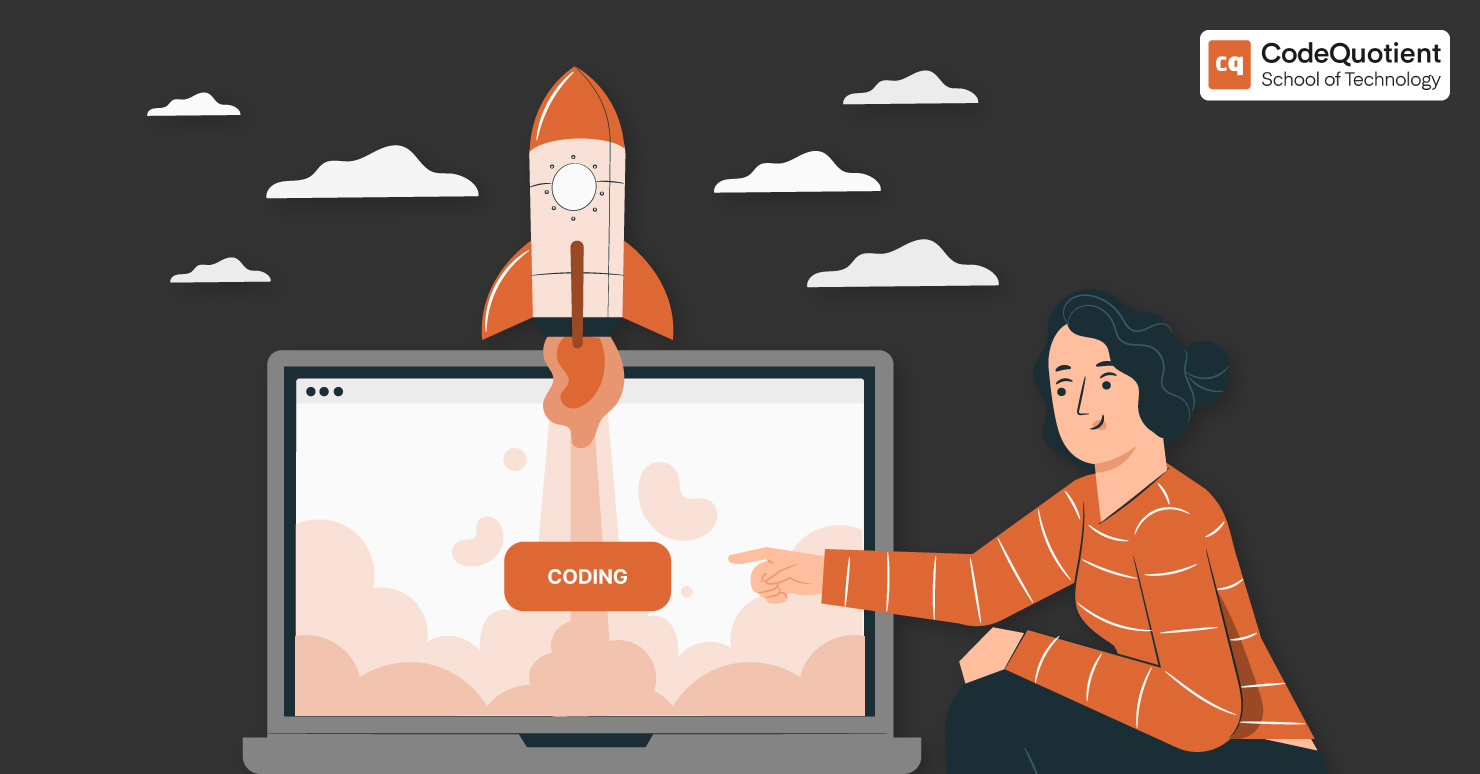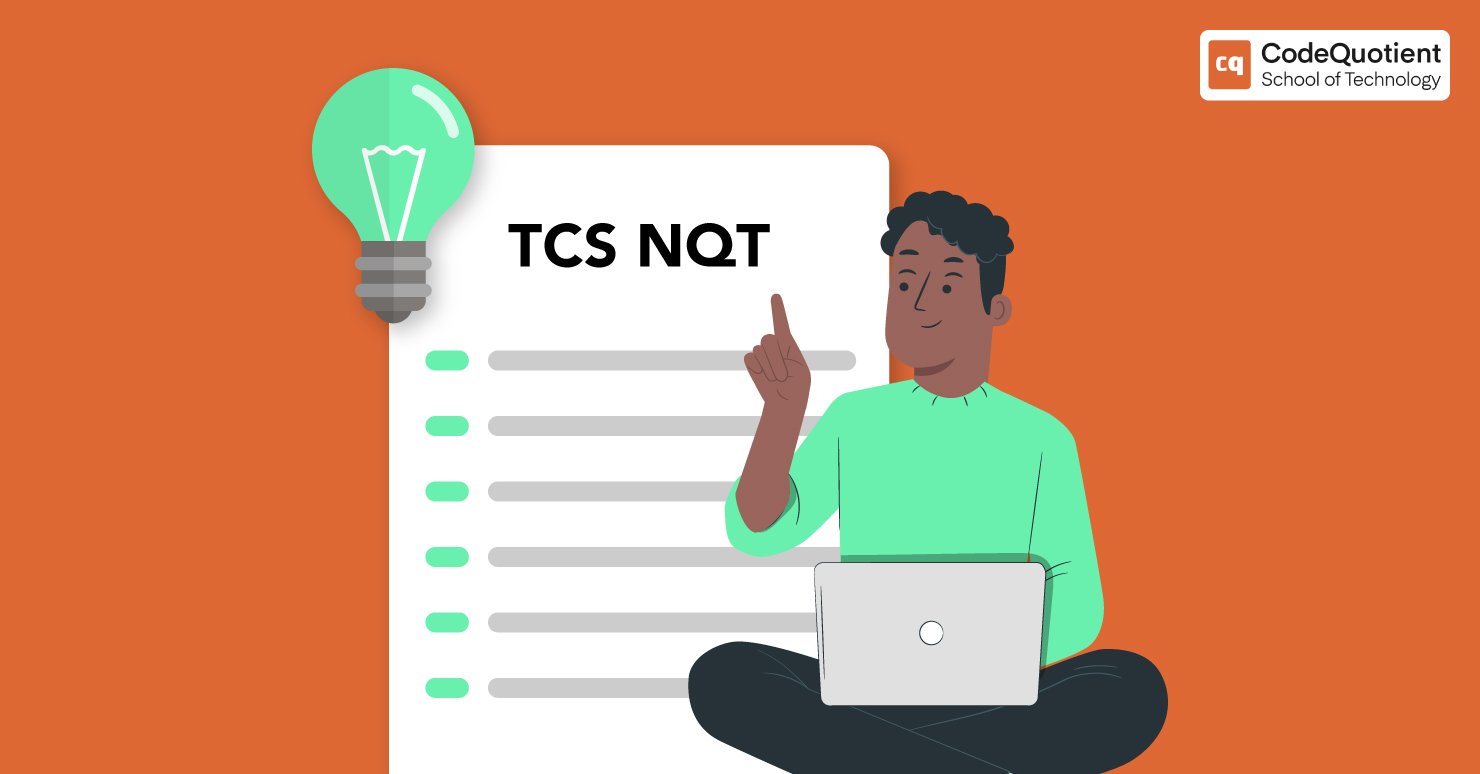After pinning for years, learning, testing, and practising concepts, the interview hour is about to strike. You will be just one step away from materialising all the efforts you have made until now. And it’s almost obvious that you want to give it your best shot.
And while a spot-on interview needs more than just knowing all the answers correctly, that is definitely the first step. Indeed, additionally, you must also study the various tips for answering the different technical round questions to present your knowledge effectively.
A front-end developer interview primarily revolves around technological concepts of HTML, CSS, Angular JS, React JS, etc. While you may be familiar with the subject, here are a few front-end developer questions that are highly likely to come up in an interview.
Top 10 Frontend Developer Questions To Help You Ace the Interview

Frontend development includes the technical know-how for building web pages and user interfaces for web applications. A front-end developer must design everything a user sets their eye on websites, web applications, and mobile applications.
Let’s brush up on this knowledge through the following questions:
Why Should You Use REST Services?
The advantages of using REST web services are:
- It works on HTTP protocol and thus has a slight learning curve.
- Data is not bound by resources, so it can handle various formats, including text, JSON, XML, image, etc.
- REST is a simple, light, and fast protocol.
- Developers can test REST methods easily.
What Is Meant By Load Balancing?
Load balancing is a technique in which numerous server machines handle the requests instead of a single one. This method ensures that load is distributed efficiently and helps to avoid lags.
We do load balancing for (the purpose):
- Use resources optimally
- Maximise throughput
- Minimise response time
Some standard load balancing techniques are:
- Round robin
- IP Address Affinity
- Session affinity (also called the sticky session)
What Is npm Used For?
npm stands for Node Package Manager with the following functionalities:
- It is the online repository for Node.js packages or modules. You can search these on search.nodejs.org.
- It has a command-line utility and can install packages, perform version management, and dependency management of Node.js packages.
- Additionally, it has its use in dependency management. If there is a node project with a package.json file, and you run npm install from the project root, npm will install each dependency listed in the package.json.
Why Do We Use Doctypes In HTML?
HTML Doctypes are document-type declarations. This declaration tells the web browser which HTML version or other markup language has been used on the current page.
The doctype should be added before the <html> tags as shown below:
< !DOCTYPE html >
Explain Progressive Rendering?
Progressive rendering allows the user to start using the page asap. It is essentially a technique that renders the essential data first and then sequentially the less critical parts.
What Are Bfc and How Do They Work?
BFC (Block Formatting Context) is a formatting context in CSS used to lay child elements inside the initial block. Every element inside this initial block follows suit with the rules laid by the outermost element.
CSS Box model outlines the initial block rules. All elements in a BFC have the same margin, borders, and padding properties and interact with other blocks similarly.
Wish to go more in detail? Here is more digging into what BFC is and how it works?
What Is User-Centred Design?
It is an iterative design process in which UX designers try to cater to the user’s needs in every design stage.
UCD focuses on users and involves them in every phase to make highly efficient and accessible products for them.
How Do Synchronous and Asynchronous Functions Differ?
This is one of the essential front-end developer questions asked in interviews.
Synchronous functions are executed in a sequence, one after another (e.g., A after B and then only C). Its disadvantage is that it is usually time inefficient. But it works great when one task is dependent on another.
Asynchronous functions are not bound by a sequence and can be executed all at once. They are usually time-efficient and execute the program in comparatively less time. But, they do not work well when one task depends on the other.
Here is some more help on the difference between synchronous and asynchronous functions.
What Do You Mean by Semantic HTML?
Semantic HTML is used to structure content on the page in the desired format making the page readable. This also helps search engines understand the page better and thus rank them higher.
What Are Some Common Methods to Get an Element From DOM?
Some of them are:
- getElementsByClassName
- getElementsById
- getElementsByTagName
Want Expert Guidance?
So, these were just a few front-end developer questions that could be asked in an interview.
But if you want more technical help getting recruited by the finest companies, Code Quotient offers an almost free coding program for its learners- SuperCoders Program.
This program will supercharge you with practical skills to land a fantastic job. They even prepare you for the interviews and aptitude tests.




